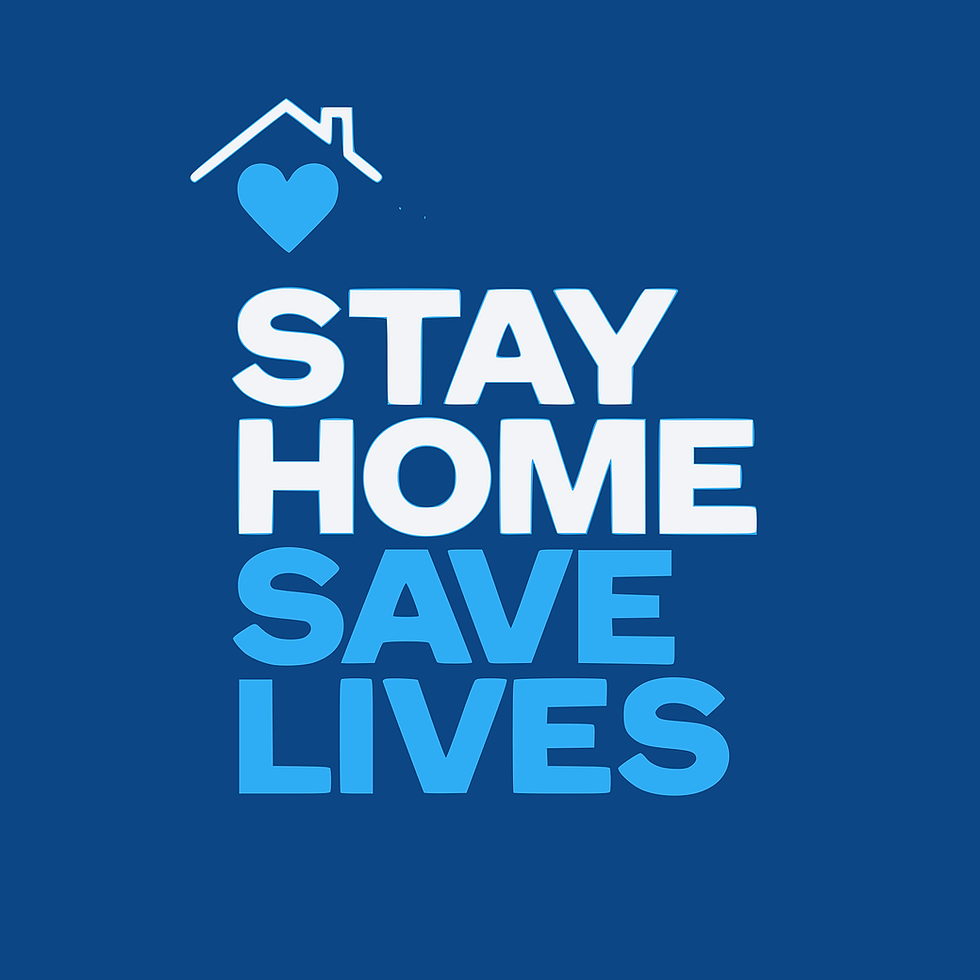COVID-19: Good, bad and scary news
- Alan Shoebridge

- Jul 2, 2020
- 4 min read

It's easy to get caught up in the bad - and sometimes scary - news about COVID-19, and there is clearly a lot of justification to do that. As I write this today, we have reached a milestone of 50,000 new cases per day. Yet, there are some glimmers of hope on where progress is being made and some indicators for the future that are extremely scary. Let's dive into each of those three categories.
The good news
Let's start positive. We have increased our knowledge of the virus and if you get sick now, you are in a much better position than you would have been several months ago. Treatments are improving and doctors are getting a better sense of how to manage the virus.
We also know what steps we can take to prevent the virus. For starters, it has become clear that masks are an easy and highly effective way to prevent the transmission of the virus. Almost everyone should be wearing a mask almost all of the time whenever you are outside of your house and in contact with others.
Dr. Bob Watcher, Chair, UCSF Dept of Medicine, is a great resource for progress on the virus. He summed up a lot of the good news in his graphic below:
There are many positive developments in that graphic he shared. The big question that I'll explore in a little bit more detail below is whether we'll actually take full advantage of the things we've gotten better at since March.
Another area where the news has improved somewhat is the economy. There have been impressive gains made over the last two months. Today's news was stronger than expected as the US economy notched its second straight month of job additions.
The US Bureau of Labor Statistics on Thursday said the US added 4.8 million jobs in June. That exceeded the 3 million payroll additions expected by economists.
It marks the second straight month of job additions as the economy tries to claw back from a coronavirus-induced recession. The US saw record job losses in April.
The US unemployment rate was 11.1% in June, down from 13.3% in May.
Now, the huge caveat to this news is that several states, including California, are having to again shut down parts of their economies. That will likely have a serious impact on these numbers that won't be clear for several weeks.
The bad news
It's all about the numbers here. As I write this today, here are a few of the sobering statistics:
On Wednesday, 50,203 new coronavirus cases were reported -- a record for one day, according to data compiled by Johns Hopkins University.
Wednesday's total eclipses the previous high of new cases reached on June 26, when 45,255 new coronavirus cases were reported across the US.
There have been more than 2,685,000 cases of coronavirus in the country, according to Johns Hopkins University.
More than 128,000 people have died.
At least five states -- Arizona, California, North Carolina, Tennessee, Texas -- had record-high totals of new case reports on Wednesday.
What makes those numbers so concerning is that despite those stark facts, we are struggling to get people to take actions to turn the tide. Even the simple act of wearing a mask has become a protracted battle in some areas. And many people continue to believe that the threat is overblown and aren't following the news about COVID-19 as closely as they should. This recent information from Pew is concerning:
"The share of Americans who say they are following the news about the coronavirus outbreak very closely continues to decline. Nearly six-in-ten (57%) were very closely following COVID-19 news in late March, but that figure has declined steadily since. As of early June, about four-in-ten (39%) say they are following this news story very closely."
Yes, you are reading that last quote correctly. As the overall number of people affected by the virus is going up, the number of people following the news about it is going down. As healthcare marketers and communicators, we're going to be battling for people's attention just as we think it should actually be easy to get it. This situation leads me to my last point.
The scary news
We are at an inflection point in this country. Right now, all of us as well as our leaders on the local, state and federal levels need to take COVID-19 seriously. Some of them - and us - are doing that well already, but far too many are not. Andy Slavitt, who is another essential follow on social media, captured the situation in the clearest way I've seen so far.
"Letting the virus loose is the path we're on right now."
Nothing could be more scary than that scenario. As Andy says later in his Twitter thread, there is time to change course, but we need our leaders to step up now and make tough decisions soon. If we don't, the loss of life and impact to our economy will be enormous.
So, what can you do?
Closing on a hopeful note, I think there are steps we can take:
Wear your mask - model good behavior
Practice social distancing
Spread the truth about the virus
Amplify voices like Andy's who are pushing public officials to act
Vote and support politicians who take this seriously
Stay at home as much as possible

Comments